Until relatively recently over the past decade it was difficult to find genuine real swords that are suitable for usage in historical European martial arts (HEMA). It is the unfortunate plight of many teenage boys, and even some girls, to have had the misfortune of spending a few hundred dollars ordering a cool looking sword from a magazine or specialty store catering to sword enthusiasts, only to discover what they purchased was a stainless steel “sword like object” that will break if used for any serious cutting of even so much as watermelons.
Thankfully there are more vendors today who specialize in the production and sale of real swords at affordable price points made with quality carbon steels and excellent heat treating. The swords featured in this article are excellent blades for cutting practice and you will not be disappointed with any of them.
As this website is focused at newcomers to HEMA we will not be talking about high end swords such as those produced by companies like Albion Swords but rather we will recommend entry level affordable swords costing no more than $350 to $400. In future articles we will review more high end swords and their manufacturers.
As a point of note, in the past Hanwei Tinker swords were popular for cutting practice among historical European martial artists practicing long sword and you may see them recommended in older website pages, however these swords often have quality control issues and we would not recommend them anymore. There are better alternatives available in the market today and that is what we will focus on in this guide.
As a word of caution we would not suggest doing drills (soloed or partnered) with a sharp sword. A lot of things can go wrong. It would be better to use a federschwert (feder) or even a synthetic plastic waster for solo drilling as there is far less chance of injuring yourself or others with these training weapons. A real sword with a genuinely sharp blade should only be used for test cutting practice, and to a lesser degree for very controlled light drilling or sparring between experienced fencers using appropriate armor (full plate armor) as part of developing a deeper appreciation for the way real swords handle in combat as compared to blunted weapons.
If you are a newcomer to HEMA we strongly suggest only using your sharp sword for test cutting practice and ignore what we just said about sparring with real swords, as that is more advanced material for experienced fencers only. We mentioned this aspect of sharp sword usage in HEMA only as a passing piece of trivia so that newcomers are aware some of the more veteran members of our community do utilize sharps for more than just test cutting, but we do not recommend that YOU do it.
A sword is not a toy. It is a sophisticated piece of metallurgy, a tool designed to kill people and for centuries of human history it was the predominant weapon to do so. Please fence responsibly. Never point the tip of a sharp sword at a person as a joke and never swing one at a person either.
Hanwei European Medieval Longswords
Another thing to watch out for is some brands of cheap medieval European style swords that once had good reputations but have sharply dropped in quality over the years. An example is the Hanwei line of Tinker Pearce longswords. We talk about the problems with these swords in our article on the topic.
Regardless of the reputation, Hanwei does offer a one year warranty against defects and breakage for their products so their swords are still popularly used within the HEMA community for test cutting. Here are some models that many people purchase for this purpose.
Ronin Katana Euro Series Longswords
Ronin Katana built a reputation as a distributor of quality reproduction Japanese swords suitable for contemporary sport Tameshigiri / test cutting. They started distributing European swords several years ago and a few of them are very good cutters for HEMA usage. These models we recommend are the #3, #7 and #2 and each have slightly different handling characteristics and blade typology.
You can buy these Ronin Katana produced long swords by clicking the links below.
VB Competition Sharp Longsword
Another popular sword for cutting are the models forged by Viktor Berbekucz and sold by Purpleheart Armory. This is a relatively new entrant to the market specifically intended for historical European martial artists studying the long sword. This model is commonly referred to as a ‘VB Sharp’. These are based on Oakshott Type XVIIIc Longswords and feature a pear pommel and they are similarly priced to the Ronin Katana swords. However it is worth mentioning the type XVIIIc is considered to be a somewhat rarer blade type historically and its design makes it easier to cut with than blades featuring a narrower riccasso, which is more close to the kind of swords used by authors in latter period fechtbücher discussing long swords. This should be kept in mind although for many people they seek a sword that will make test cutting easier and this is subsequently a good model for that reason.
High-end Cutting Swords To Buy
We encourage people to first purchase an affordable cutter, especially if you are new to sword test cutting. However some people have budgets for higher quality items so we thought we would at least suggest a high-end cutting sword.
The Alexandria model produced by Albion Swords using 6150 High Carbon Steel. The swords produced by Albion are museum replicas produced by a computer-assisted stock removal process to produce the blade blank, which is then finished by hand. They tend to have high price tags and long production times but sometimes vendors have them in stock for purchase.
Another excellent high end sword is Albion’s Hans Talhoffer model.
Some General Advice on Cutting with a European sword
The purpose of this article is not to teach how to cut with a sword but we thought it might be beneficial to provide some basic advice for newcomers and point you in directions on how to get more comprehensive instruction in cutting.
- Most damage to swords is caused by it slipping out of your grip, usually as an accident. Be sure to pay attention to what you are doing at all times you have a sword in your hand.
- While they can be rare events people can break blades during cutting practice for any number of reasons, usually due to manufacturing errors made with the sword itself. When you swing you don’t want anyone standing in front of you at all, even if they are behind the target or standing to the side of it, just as you wouldn’t want to shoot a gun with someone standing in front of you.
- Foam pool noodles are cheaper to use as targets than tatami mats are, but rolled newspaper is even cheaper, if you can find newspaper these days….
- You want to clean and properly store your sword after its use to prevent rusting. We have a guide on how to care for your sword which you can read by clicking here.
How to Learn Sword Cutting
The standard book used by many within the Historical European martial arts community is Cutting with the Medieval Sword: Theory and Application by Michael Edelson. The book adapts contemporary sport Tameshigiri practices for usage with two handed European blades. The practice drifts from historical usage of the sword but is very popular among many historical fencers today and some tournaments have cutting competitions as part of their event schedule.
We also recommend watching these video tutorials by Eric Lowe of Swordwind Historical Swordsmanship if you are a more visually inclined learner.
Lastly you can read some additional information about test cutting at http://www.hemacutting.com/cutting-faq
We hope this information is helpful to you as you start your journey into test cutting.
Disagree with our recommendations or have other thoughts you’d like to share? Feel free to comment on this blog article below, or at our forums in the thread List of Recommended Starter Sharp Steel European Swords for Cutting in HEMA.
****
If you’d like to learn more information about historical fencing practices please check out our Learn HEMA page for a guide to learning about the historical weapon that interests you. You can also find more guides we’ve written about other topics at our Helpful Guides page. You can also join the conversation at our forums or our Facebook Group community.
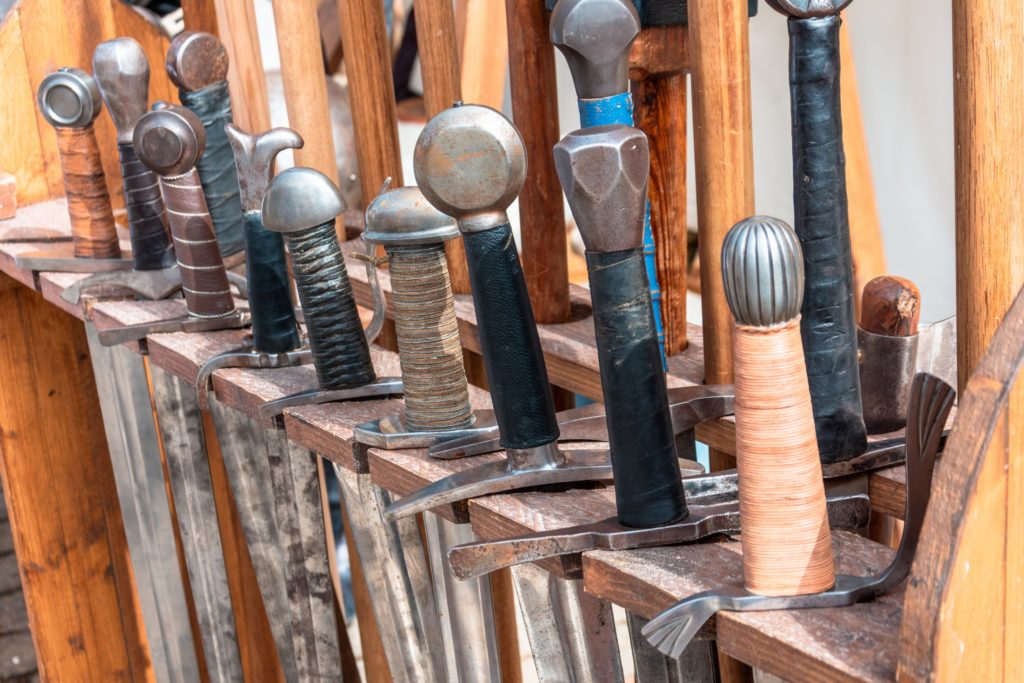
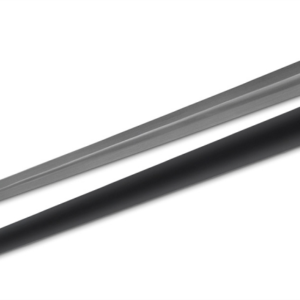
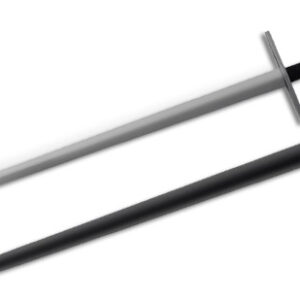
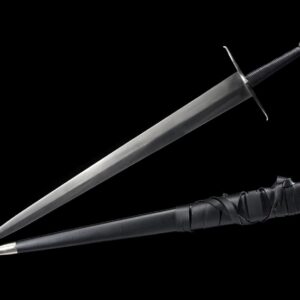
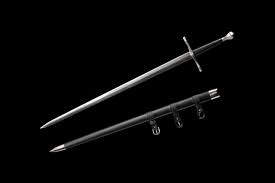
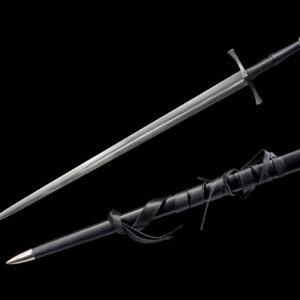
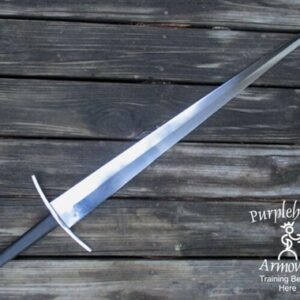
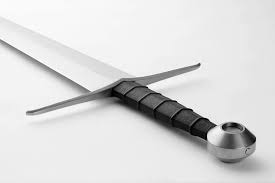
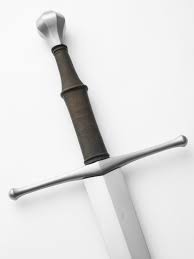
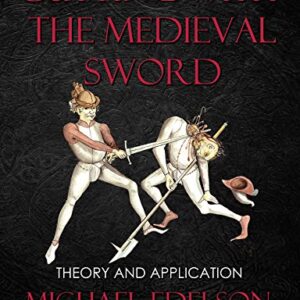
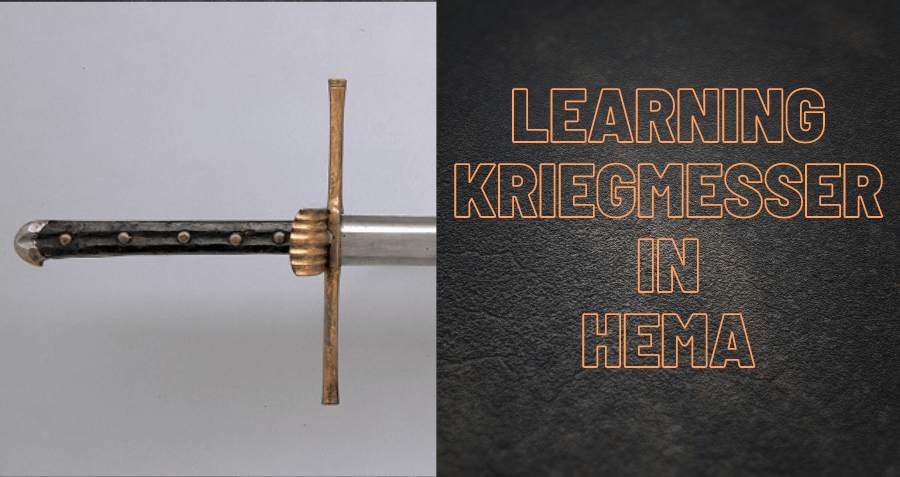
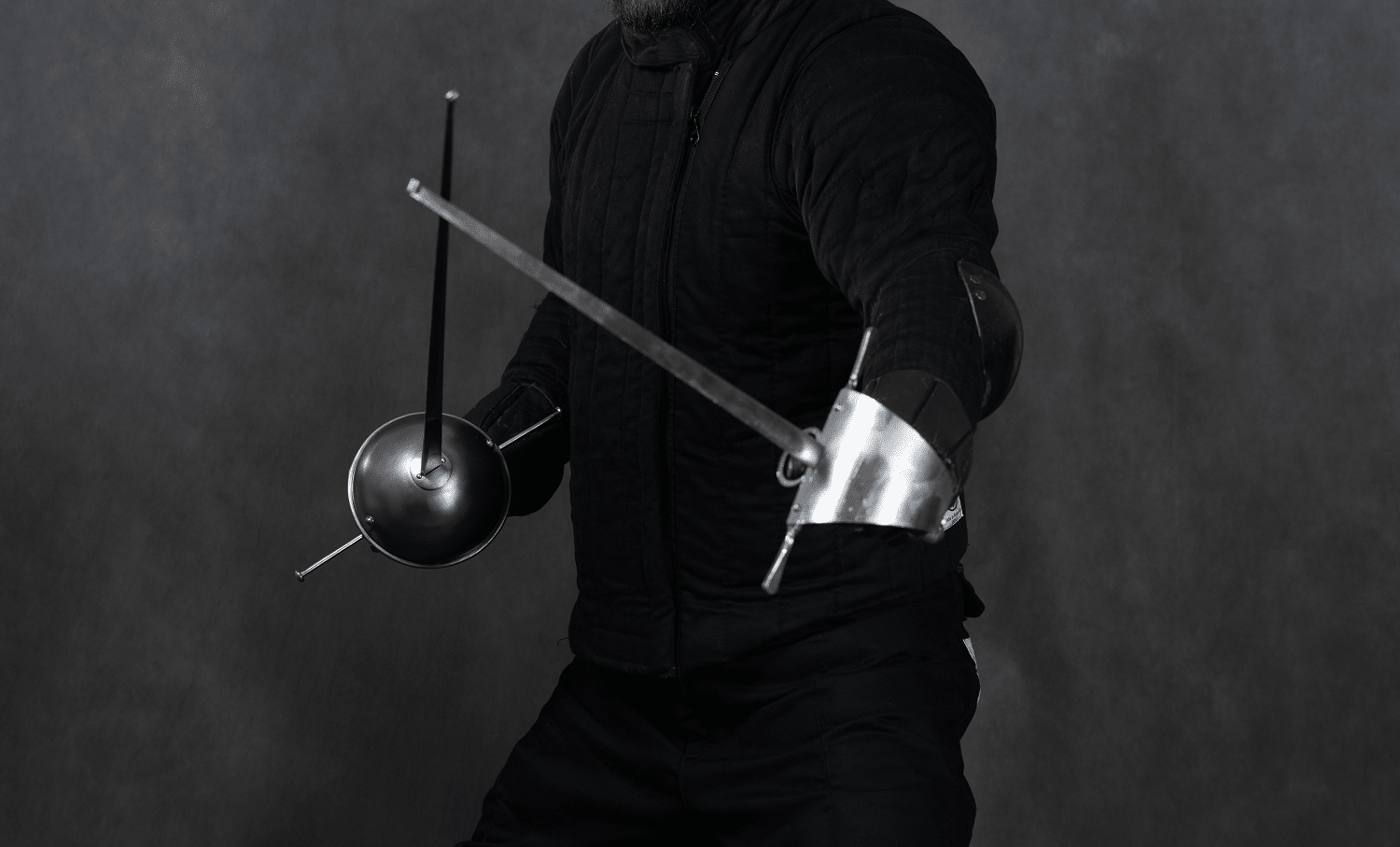















2 Responses
I bought a hanwei tinker longsword (and a backup blade) last October, and aside from test cutting, I put it through some stress tests, and it’s held up wonderfully. All I had to do was sharpen it. I wonder if whoever wrote this site is in RKs wallet? ?